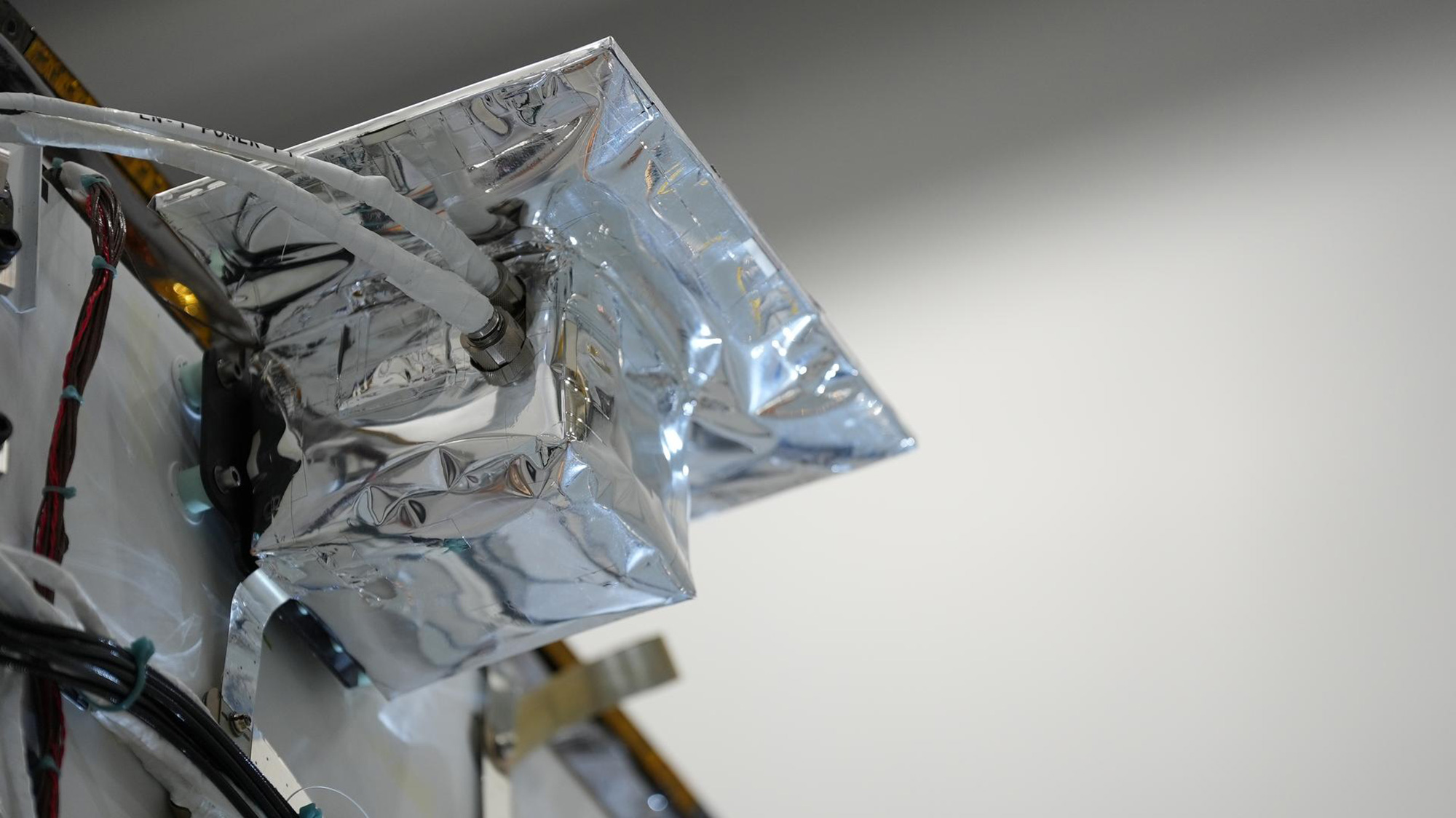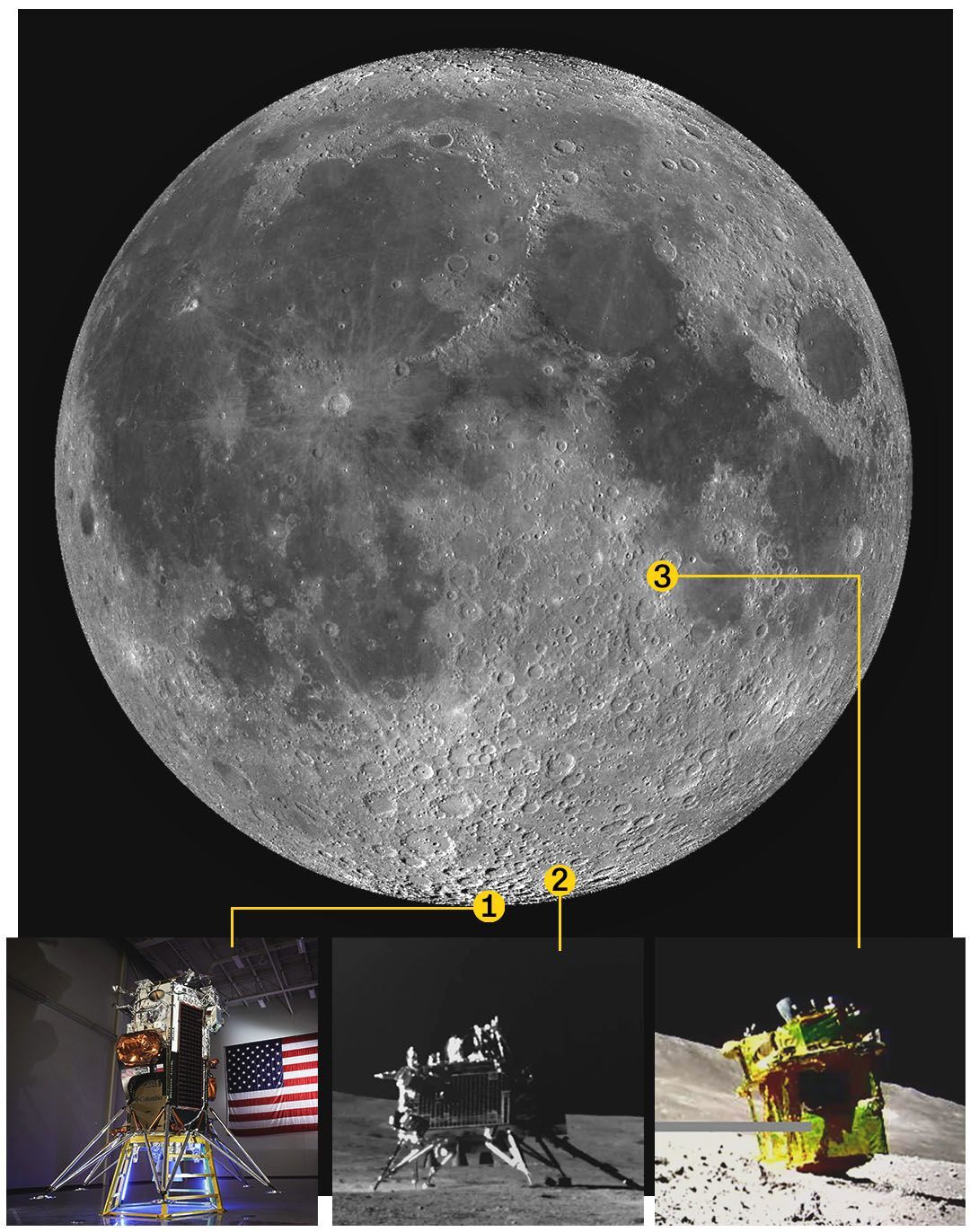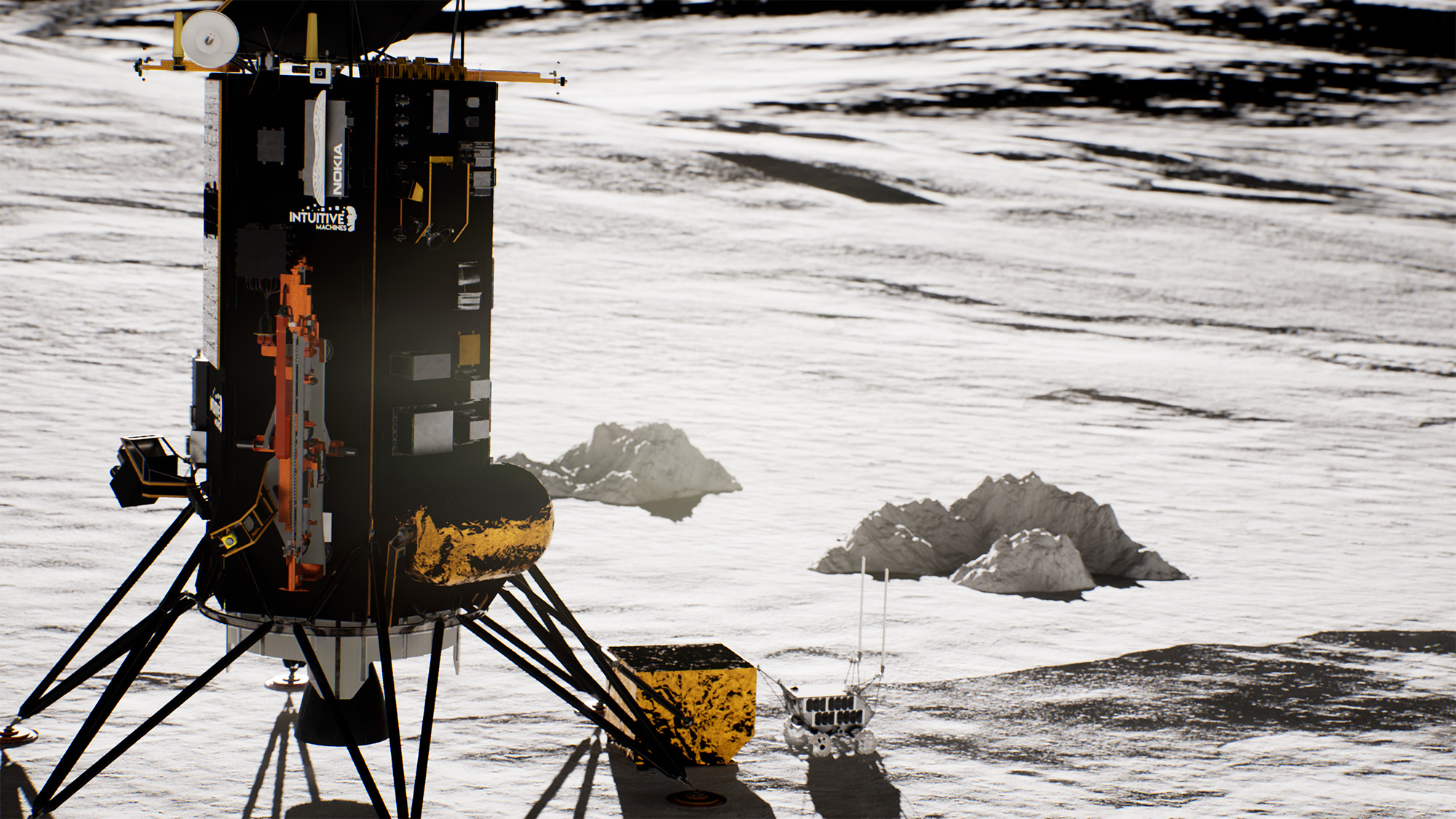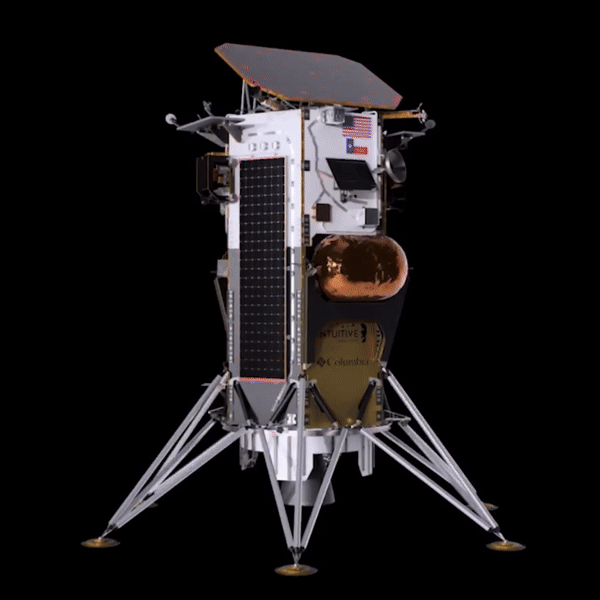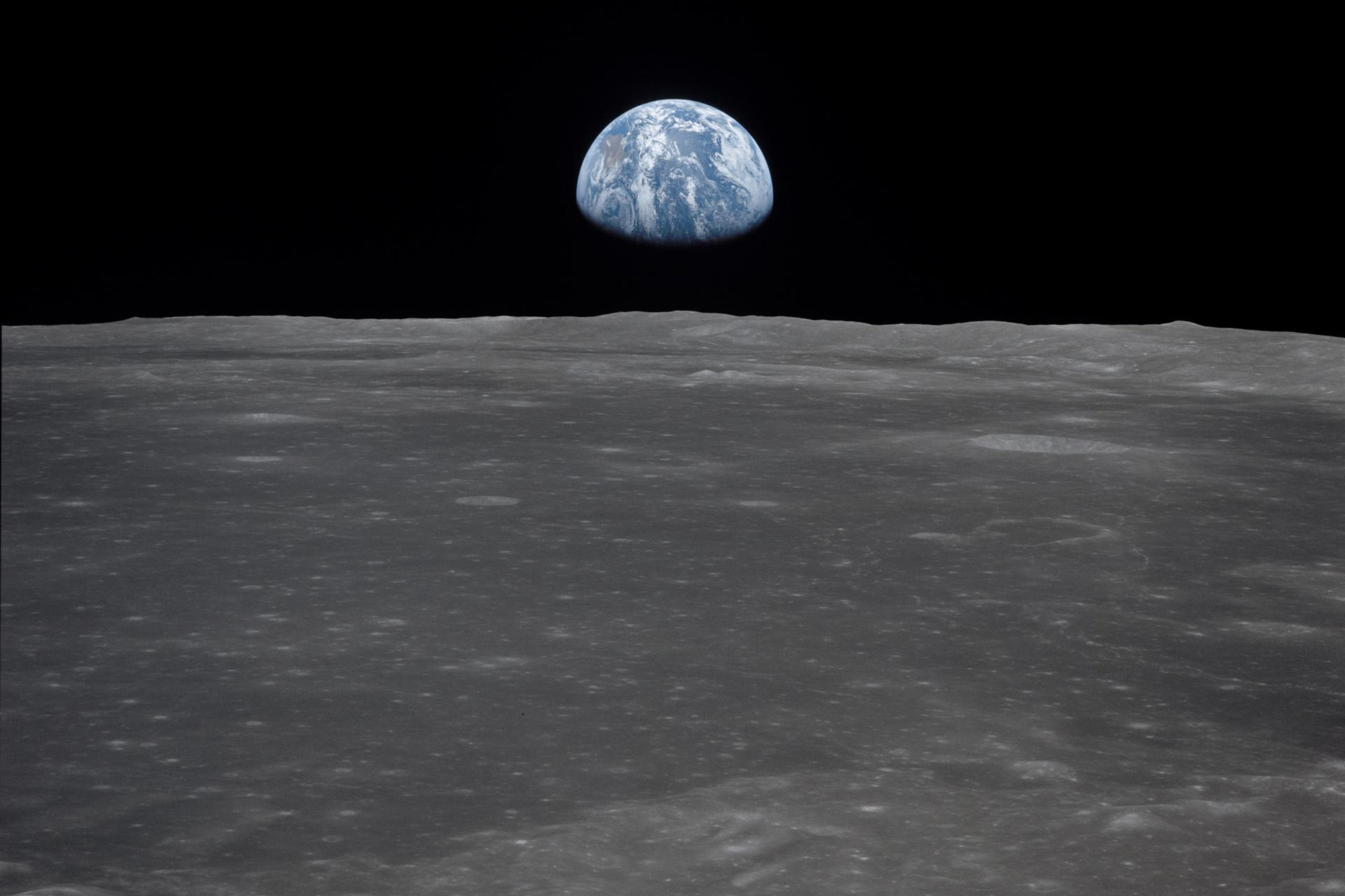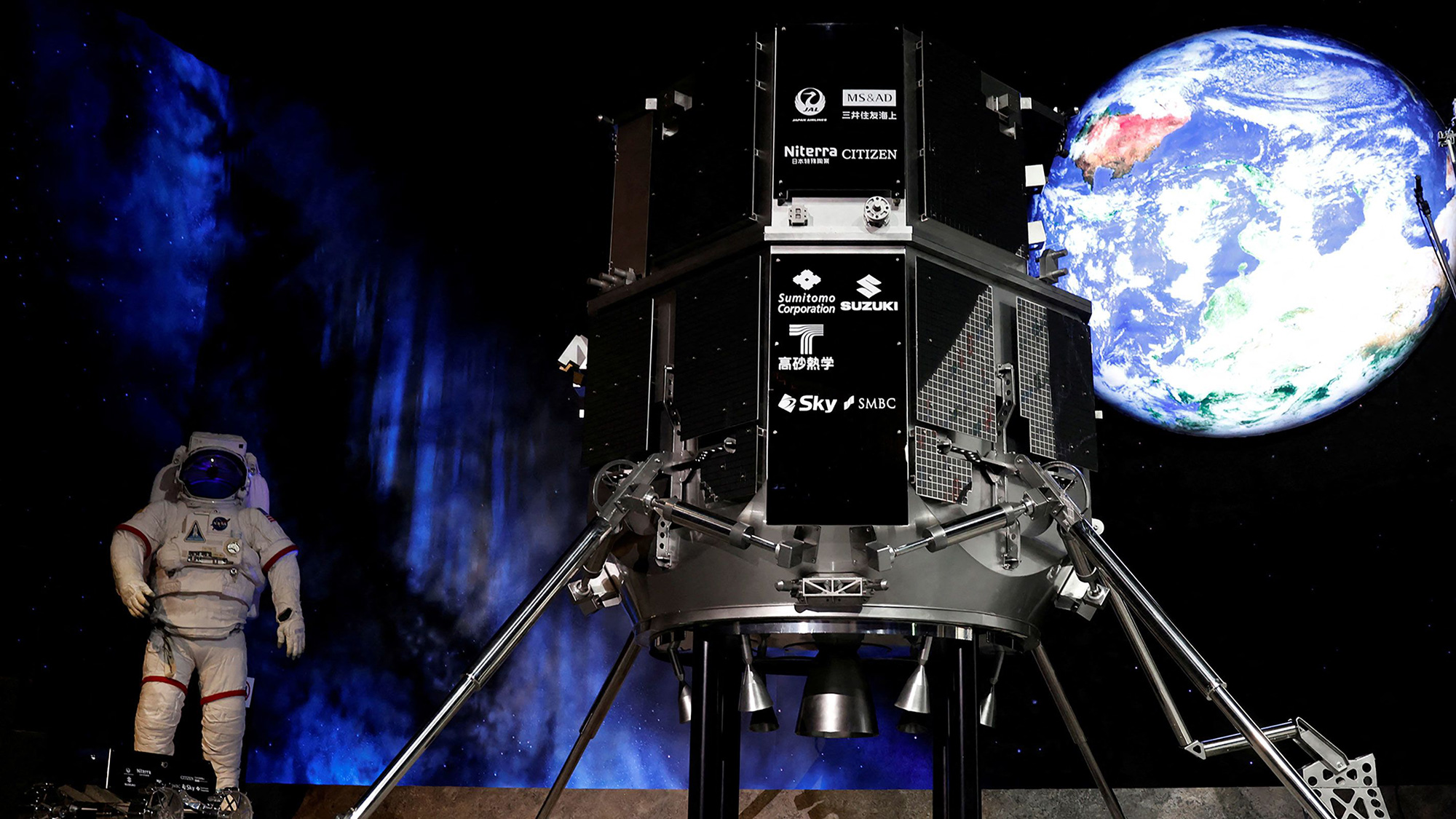Intuitive Machines, the Houston-based company that developed the Odysseus spacecraft under contract with NASA, estimates it has about an 80% chance of safely landing on the moon, according to CEO Stephen Altemus.
One advantage is that the company bore witness to some previous, failed attempts, he said.
“We’ve stood on the shoulders of everybody who’s tried before us,” said Altemus, adding that Intuitive Machines attempted to analyze the propulsion issue that plagued the Peregrine lander last month and ensured the same problem would not arise during Odysseus’ mission.
Even NASA isn't expecting a 100% success rate for these early missions, which are carried out under the space agency's Commercial Lunar Payload Services, or CLPS, initiative.
“We've always viewed these initial CLPS deliveries as being kind of a learning experience,” said Joel Kearns, the deputy associate administrator for exploration in NASA’s Science Mission Directorate, during a February 13 briefing. “We knew going into this … we didn't believe that success was assured.”



